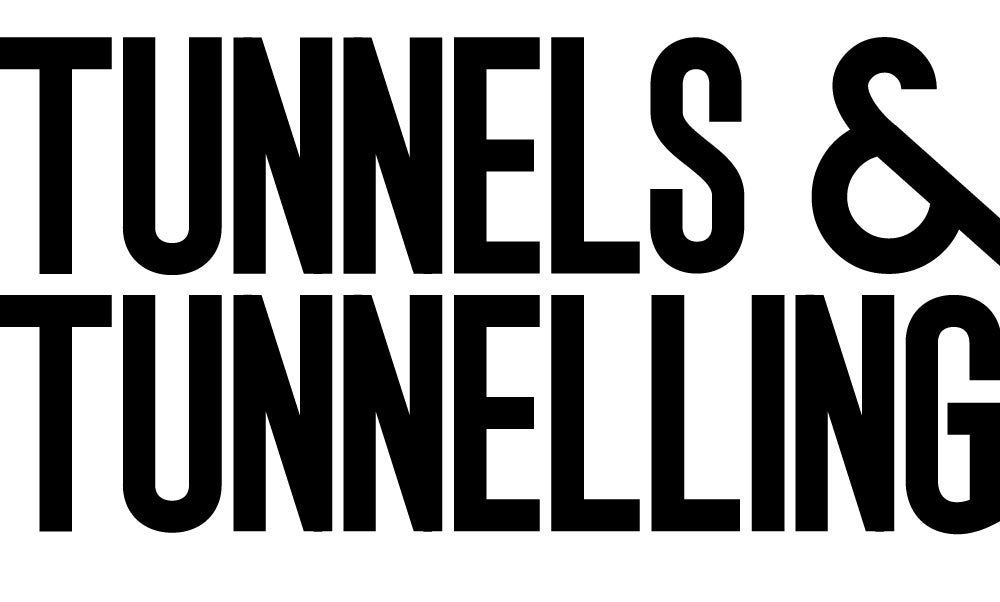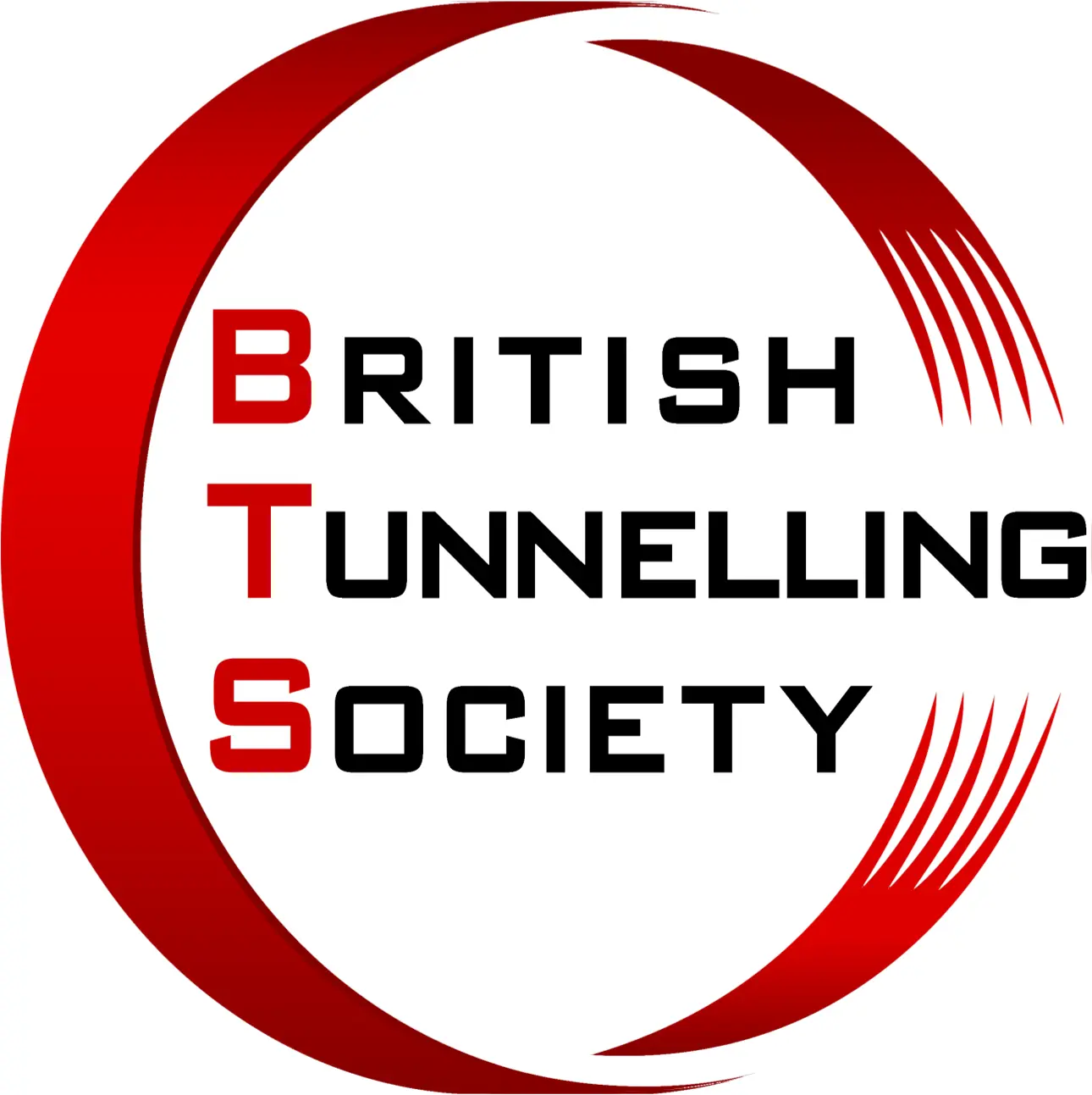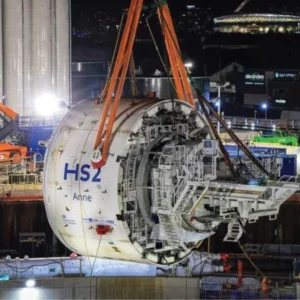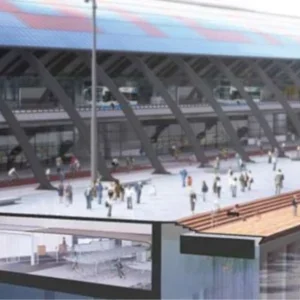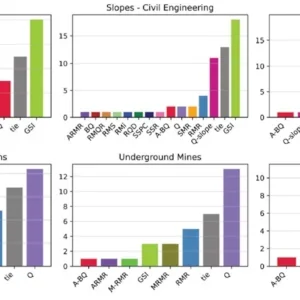In April 2009, tunnel boring started on the TEO sewer project after decades of deliberation. The 62kmlong mega project is arguably one of the most challenging TBM tunnels in the world today, and is not without controversy. Once complete, the massive conduit will replace an open, untreated canal that conveys wastewater from Mexico City. The new tunnel will end at the capital’s first wastewater treatment plant and boost capacity in the city’s aging and degraded pipeline network. Designated a "National Emergency" by then-President Felipe Calderon, the TEO project has been fast tracked in order to stem the tides of potentially catastrophic failure of the current system that would result in up to 5m of wastewater inundating downtown areas.
Six 8.93m-diameter EPB machines are currently at work deep below the capital, working feverishly towards an aggressive deadline of 2018.
The machines are boring through a challenging combination of watery lake clays, boulders, and abrasive basalt rock with water pressures up to 6 bar.
Comissa, a consortium of Mexico’s leading heavy civil contractors – ICA, CARSO, Lombardo, Estrella and Cotrisa, are managing the construction, which is divided into six lots.
Twenty-four shafts up to 150m deep support the TBM operations, which total about 10km each.
Lots 1, 2 and 5 were awarded to Mexican contractor Ingenieros Civiles Asociados (ICA), S.A. de C.V., Lots 3 and 4 to Carso Infraestructura y Construcción, S.A. de C.V., and Lot 6 to Lombardo Construcciones and Constructora Estrella. The three Robbins EPBs are excavating Lots 1b, 3, 4, and 5 of the tunnel, while Herrenknecht machines are responsible for boring Lots 1a, 2 and 6.
Extreme geological condition
The ground conditions of the pipeline are some of the most difficult in the world. Located in the Valley of Mexico, geology consists of a drained lake bed with clays interspersed with volcanic rock and boulders from long dormant, buried volcanoes in the area.
After five years of work, about 53 per cent of the entire project has been completed including the shafts, and the owner of the project, CONAGUA, is rethinking its strategy based on the incredibly difficult and unforeseen ground conditions encountered. The conditions range from very soft clays to highly abrasive materials, hard rock and boulders under high water pressures up to 6 bar, requiring frequent hyperbaric interventions and multiple modifications to the existing machines.
Identifying unknowns
Originally geology was based on 64 borehole tests conducted along the tunnel length, as well as six cross tunnel locations that were considered. Those tests found the following:
- Lot 1: Quaternary lacustrine deposits of northern Mexico Basin.
- Lot 2: Basaltic ashes and pumice Quaternary strata, and northern flank lavas from Nochistongo.
- Lot 3: Clay from the Pre-Quaternary lacustrine Basin of Mexico.
- Lot 4: Fluvial Sands of the Plio-Quaternary Nochistongo Mountains.
- Lot 5: Pliocene volcanic formations from the upper part of Huehuetoca.
- Lot 6: Pliocene lacustrine deposits, Taximay medium and Taximay Superior.
During shaft excavation at Lots 3 through 5, however, it was discovered that the ground was significantly more complex than previously thought. High water pressures up to 6 bar coupled with sections of hard, abrasive rock were found, and more bore hole tests were conducted, which confirmed the results. It was decided to redesign the machines prior to their launch in order to cope with the severe conditions.
Machine redesign for unexpected ground
Originally, the EPBs were designed for ground of lower pressure and sections with boulders and some abrasive basalt, but not full face rock. They were engineered with mixed ground, back-loading cutterheads to tackle variable conditions.
The design also allows for bearing and seal removal from either the front or back of the cutterhead. Twentyfive injection ports spaced around the periphery of the machine are used for injection of various additives depending on ground conditions.
Anticipated high pressure conditions in concert with large boulders necessitated a two-stage screw conveyor design for the Emisor Oriente EPBs. An initial 900mm diameter ribbon-type screw is capable of transporting boulders up to 600mm in diameter up the center shaft for removal through a boulder collecting gate.
Behind the machines: continuing Conveyance
Three conveyor systems behind the 8.93m-diameter Robbins machines also play a significant part in the operation.
The systems are designed to tackle varying ground with unique space saving setups.
Muck from all three machines is deposited from the screw to a fabric belt conveyor mounted on the trailing gear, which transfers to a Robbins side-mounted continuous conveyor. The continuous conveyor carries the muck to a vertical belt conveyor located at the launch shaft. Once at the surface, a radial stacker deposits muck in a kidney-shaped pile for temporary storage.
Due to the narrow shafts ranging from 50 to 150m deep and small launch sites, the conveyors have been optimised for size and safety. The belt is surrounded by a guard with recycle hopper to prevent muck from falling while material is transported up the shaft.
A unique, 34m tall vertical belt cassette allows for extension and splicing of belt with a footprint one-third that of a horizontal belt cassette — a big advantage at the small shaft sites. Once at the surface, a radial stacker deposits muck in a kidney-shaped pile for temporary storage.
Redesign details
Modifications to the machines after the new geology was discovered included:
- A 7 bar man lock with an additional decompression chamber to allow two teams to work at the same time. A material lock was also added to be able to handle cutting tools more easily.
- A redesigned Bulkhead to allow the new configuration of the man and material locks and high pressure in the tunnel.
- Hardox plates to reinforce the screw conveyor and removable wear plates added to each turn of the screw conveyor in order to withstand abrasive hard rock.
- An air compression system in order to control the water inflows in the chamber during excavation.
- Grizzly Bars in the cutterhead.
- New design of the rotary union joint that improves the time to change the disc cutters.
- New scraper design, making them more capable of resisting load impacts in mixed ground conditions in the presence of hard rock.
- Difficult ground at lot 4
Perhaps one of the biggest challenges and tests for the new machine designs came at Lot 4. The 10.2km-long lot runs from Shaft 17 to Shaft 13 at depths of up to 85m. The TBM was assembled in the launch shaft no. 17 and commissioned in August 2012, with the bridge and all the back-up gantries at the surface. Two months later in October 2012, after advancing 150m, the machine and its back-up were completely assembled in the tunnel. One month later, the continuous conveyor system was installed and running. After 405m of excavation, the presence of rocks, scrapers, parts of the mixing bars and other wear materials in the excavated muck prompted a cutterhead inspection. With high pressure up to 3.5 bars, it was determined that a hyperbaric intervention was necessary, and on June 2, 2013 the first hyperbaric intervention through an EPB in a tunnel was performed in Mexico.
The erratic rock fragments and andesite deposits continued to create wear problems in the cutting discs, which required a strict program of interventions in order to inspect, change and analyse the wear issues that the tunnel was presenting and that were not expected in terms of the geologic complexity within this lot.
In the next 1,000m, the ground conditions improved but pumice fragments of all sizes, sand with gravel, vulcanite, lava deposits, alluvial fans with boulders, sand matrices and high water pressure hampered advance rates and made excavation highly variable. Because of the mixed ground, for the next 900m, the expectation is that the conditions will not improve until arrival at shaft 16.
Measured success
The Emisor Oriente Tunnel is a project that is not only logistically complex, but also geologically daunting. The project is not without its successes, however: The Robbins EPB at Lot 4 has the record of the best advance rate in a shift in the TEO project with 22.5m in 12 hours.
Further ModiFications at Lot 3
The Lot 3 tunnel, also for contractor CARSO, runs from Shaft 10 to Shaft 13. The TBM was launched in February 2012. As of this summer, the Robbins EPB had excavated 2.6 km, but was being similarly constrained by impact loading and severe wear on the cutterhead and cutting tools beyond what was expected. The machine has also encountered a large amount of fines in the excavation face, causing clogging and requiring significant quantities of foam to be used on the drive. As such, the contractor and Robbins have proposed a new set of modifications once the machine reaches shaft 11 at the 3.2km mark.
A new screw conveyor fitted with Trimay wear plating will be installed to better handle abrasive rock chips, and a newly designed cutterhead will feature more wear plating and slightly different cutter spacing.
LOT 5 Challenge
The remaining challenge stands at Lot 5, being launched from the deepest shaft, no. 20, 150m below the surface. The Robbins TBM was originally used at Lot 1 to fast-track that leg of the project, then was dismantled and transported to the shaft 20 jobsite.
Similar modifications to the Lot 3 and 4 machines were made to the Lot 5 machine, though this machine includes even more wear plating on the cutterhead in anticipation of extreme abrasivity.
Assembly is ongoing at the shaft bottom, and the machine is expected to launch in Autumn of this year. Once launched, it will take one-and-a-half to two months for the machine to excavate forward to the point that all back-up gantries can be installed.
Lessons Learned
While excavation is still ongoing, contractors and project owner CONAGUA agree that geological testing was imperative on this project, and more thorough testing would have been prudent early on.
The contractor and National Water Commission are working together to speed up the project schedule — along with machine modifications at Lot 3, they plan to refurbish the Herrenknecht machine at Lot 1 and re-launch it to bore half of Lot 6, where another Herrenkenecht machine is progressing slowly due to rocky conditions.
Overall, conditions at the TEO project test the limits for EPB tunnelling, and have necessarily limited advance rates. However, the machines are able to excavate the geology in a safe and measured manner, which in itself is a testament to the ingenuity of the engineering. Many people have worked on the design, setup and logistics of this massive project, from tunnel design to excavation and final lining.
Through their hard work, this project will go online and revolutionise wastewater transport and treatment in Mexico City by 2018
